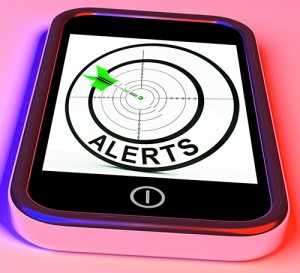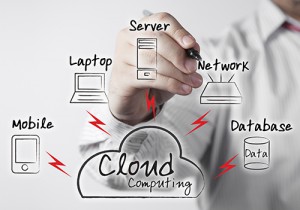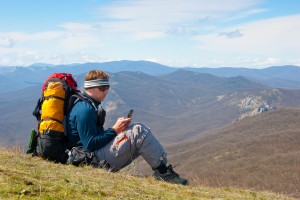 This is an open letter to businesses and agencies attempting to transform their enterprise through the use of digital technologies. Each organization is at a different point along this path in an effort to engage customers, suppliers, and employees through digital technologies in order to remain competitive and profitable. I would like to suggest some ways to accelerate that transformation.
This is an open letter to businesses and agencies attempting to transform their enterprise through the use of digital technologies. Each organization is at a different point along this path in an effort to engage customers, suppliers, and employees through digital technologies in order to remain competitive and profitable. I would like to suggest some ways to accelerate that transformation.
New Technologies
Management consultants Bain and Company suggested in a recent article that there are six basic design rules that can accelerate a company’s digital transformation. These include breaking boundaries, being open, inducing insights, and being user-friendly. I would like to add a couple of others that I think will help move you down the road to your destination.
Internal Partnering
Many companies are reworking their internal and external processes to achieve efficiency and build a digital presence that will hopefully draw customers. Even my local hardware store and ice cream shop have websites. They are for the most part static pages with information like location, phone number and store hours but at least that keeps me from having to dust off the yellow pages. They have taken the first steps towards moving to a digital world.
Whether you are moving back-end infrastructure, applications and software to the cloud or experimenting with a web presence for the first time, it is important to partner with your technology department. As a business, you know WHAT you want to do but the employees in your information management department know HOW to do it. Partner with them at every turn to combine business knowledge and technical knowledge. I suggest you even consider embedding some technical people in your business. This is a great way for them to learn more about your needs so that they can custom design a solution for you. We used to worry about technology people “going native” if they were embedded in the business, but now I think that crossover is necessary and will result in better and more effective solutions.
External Partnering
One of the design rules from Bain is to focus on the user experience. What better way to do that than ask users themselves? Sometimes this requires getting out of the office and asking customers their opinion of a new mobile app or a change to your website or even a new digital product that you are considering. I will be the first to admit that traditional surveys leave me cold. Every time I get near the local Home Depot store my smart phone asks me to rate my recent visit. I never comply. If a business I frequent were to put a device in my hand and ask me to try out a new digital product I would be much more inclined to reply. There are different ways of partnering with and surveying customers, but it is important in order to design a user experience they will accept.
Thoughts
Wherever you are on the digital transformation continuum, I hope you will consider these ideas to make your journey smoother. They can help you in implementation and customer engagement. How is your digital transformation progressing? Let me know your thoughts.
Kelly Brown is an IT professional and assistant professor of practice for the UO Applied Information Management Master’s Degree Program. He writes about IT and business topics that keep him up at night.



 About Kelly Brown
About Kelly Brown

